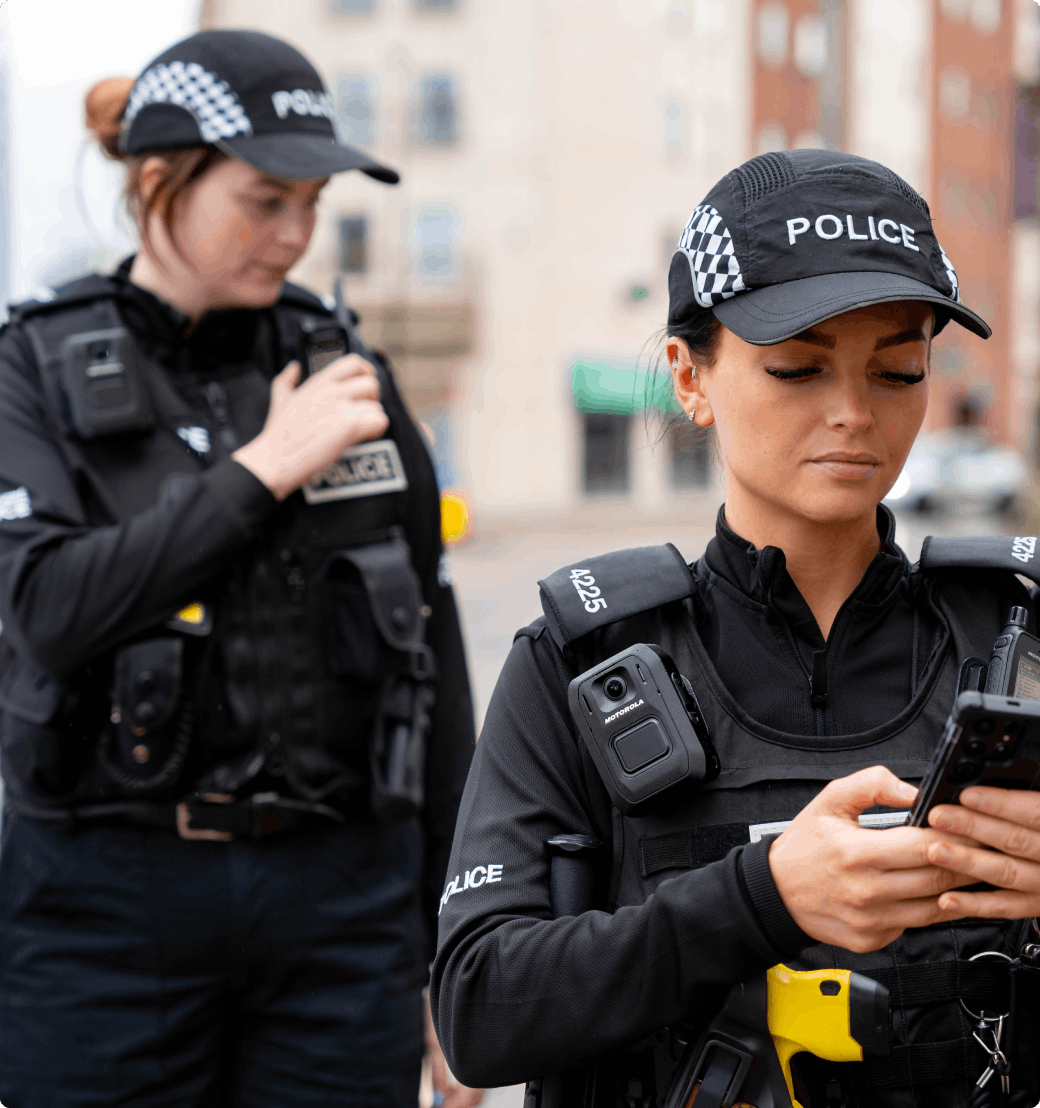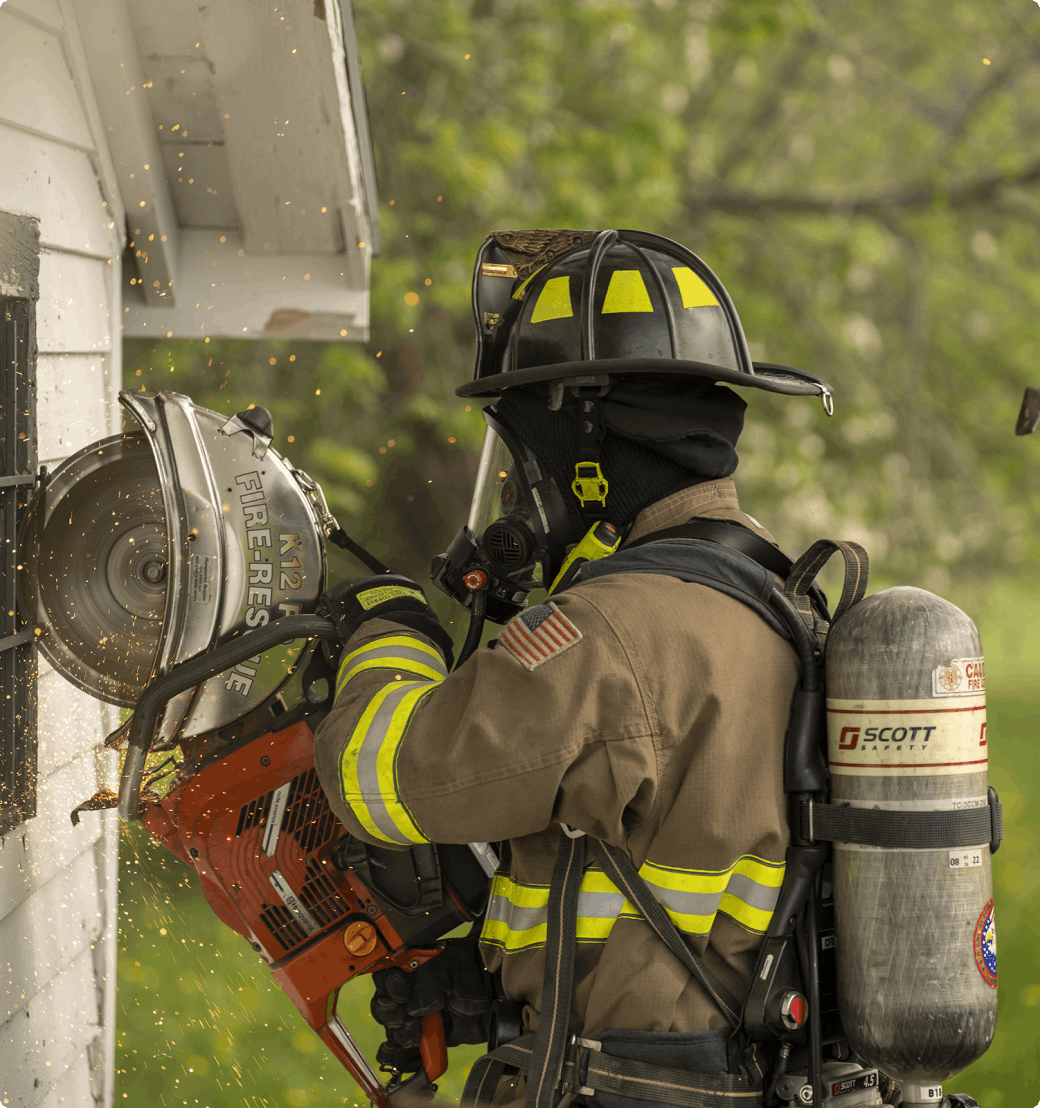Brand Guide
Brand messaging
Voice and tone
There are countless moments when our brand reaches our customers and during each of these interactions, a unified brand voice is essential. This is where a voice and tone guide comes in—to guide consistency across all communication channels while maintaining the integrity of our brand voice.
Brand voice
Brand voice
Our brand voice is the purposeful and thoughtful expression of our brand through words and prose. Our voice is inclusive, human, confident, imaginative and clear. These traits work in harmony with one another; however, they will not always be used to the same extent at the same time — we will incorporate the individual attributes in differing degrees based on the context of our communications as well as our intended audiences. Whether we’re talking to each other or to our customers, our communications should emulate these traits with consistency and impact.

We are inclusive
We always consider the impact our words have on others.
We speak with respect and avoid expressions that discriminate against groups of people based on race, gender, background and ability.
What it is: Respectful, accessible and all-embracing
What it isn’t: Restricting, suppressing and qualifying
Example: We solve for safer everywhere. We’re proud to help first responders around the world advance their mission: protecting our neighborhoods, our workplaces, our communities, and ultimately each one of us.
We are human
We always consider our audiences and tailor our messages appropriately. We make complex science and technology as accessible as possible.
What it is: Personal, engaging and grounded
What it isn’t: Casual, chatty and dull
Example: We understand mission critical and business critical moments: When time is of the essence and failure’s not an option. We’re with you when you’re in the field with resilient communications that help keep you connected and armed with the real-time information you need to get the job done.


We are confident
We speak with purpose and express both our strength as a company and our confidence in our endeavors. Bold language demonstrates our leadership, as well as our belief in what we create.
What it is: Bold, intelligent and experienced
What it isn’t: Aggressive, conceited and arrogant
Example: When disaster strikes, minutes or even seconds count. And our customers need confidence to know that our communications devices and networks will simply work. We make critical communications devices and networks that are proven to help our customers stay connected and communicate with clarity, even in the harshest environments.
We are imaginative
We are enthusiastic about the real-world impact of what we do and speak about it with optimism and energy. We have our eyes set on the future and can see through temporary obstacles toward solutions.
What it is: Creative, visionary and optimistic
What it isn’t: Bizarre, out of touch and idealistic
Example: Developing technology for mission-critical environments means we design for the most demanding and consequential circumstances. Because you need to perform even under extreme pressure and with the physical and psychological impact of stress, we are at the forefront of intuitive, ergonomic design and human factors research.


We are clear
We say what we mean. We speak plainly, avoiding jargon and techno-speak wherever possible. We believe that less is more, but we’re careful not to oversimplify to the point of misrepresentation.
What it is: Candid, simple and concise
What it isn’t: Over-simplified, over-complex and curt
Example: We are continuously innovating to help manufacturing customers manage risk, increase efficiency, and reduce downtime. Our solutions make monitoring site access, video cameras, and manufacturing equipment simpler and safer.
Brand tone
Brand tone
Our brand voice helps our audiences identify us from the crowd, but it is the tone of your voice that tells them what it is that you want them to feel.
While your voice is substance-oriented, your tone is context-subjected.
While your voice distinguishes your personality, your tone refines it based on the situation.
For example, tones might be sarcastic, playful, serious, or sincere depending on what you want to say, the audience, and where the piece will live.